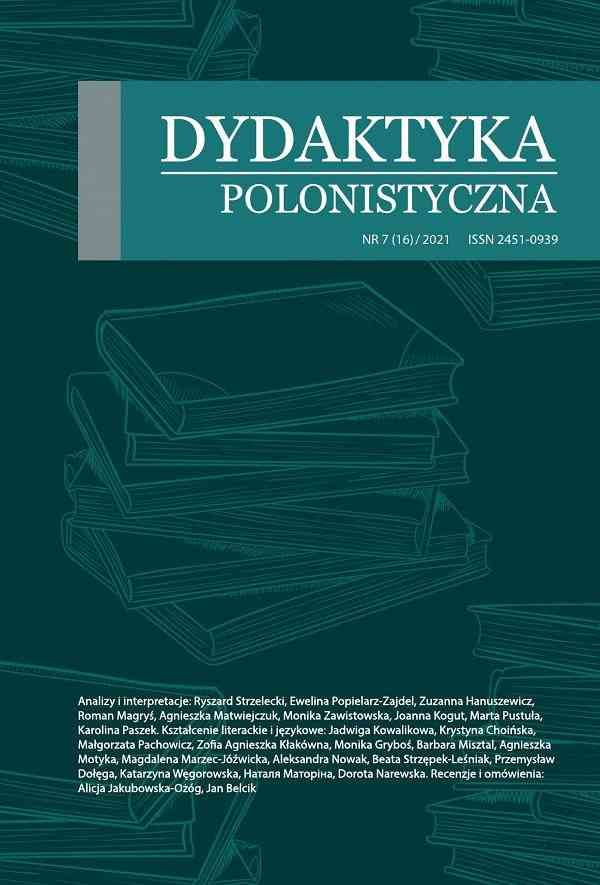Editorial reading of a comic book. A case study of Tytus, Romek and A’Tomek
DOI:
https://doi.org/10.15584/dyd.pol.16.2021.8Keywords:
editing, typography, iconotext,, comic book, picture bookAbstract
A comic book consists of a number of narrative and editorial elements characteristic of this genre, which create a unique structure . Text and image form an inseparable whole here. The drawings themselves could not exist without the text, and vice versa. Yet the conventionalised form of the comic book significantly distinguishes it from a picture book. This is obviously noticed by researchers, even though they use the term iconotext for both genres. This conventionalised text-visual form, which the comic book is, is sometimes classified as easy to read (due to the small amount of text) and automatically inserted between children’s books. Meanwhile, it gives contemporary readers space for engaging reading. In order to read all the meanings enchanted in the comic, the reader decodes a series of text, illustrations and editorial characters. This paper provides a list of editorial distinctions characteristic of a comic and an editorial analysis that decodes the meanings of these distinctions in the content of the analysed work.Downloads
Published
2021-12-15
How to Cite
Pustuła, M. (2021). Editorial reading of a comic book. A case study
of Tytus, Romek and A’Tomek. Dydaktyka Polonistyczna, 16(7), 102–116. https://doi.org/10.15584/dyd.pol.16.2021.8
Issue
Section
ANALYSES AND INTERPRETATIONS


